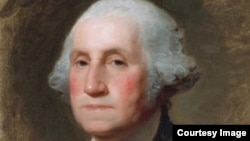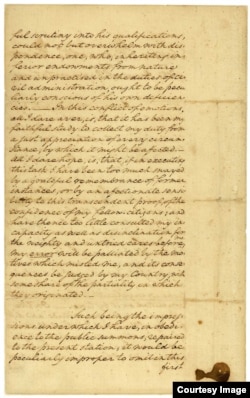Two days before the inauguration of Donald Trump, Washington, D.C. is growing ever more crowded with people who plan to witness his swearing-in as the 45th U.S. president.
This symbolic and constitutionally-mandated peaceful change of power on January 20, however, has not always taken place in Washington, D.C.
The first president of the United States, George Washington, took the oath of office in 1789 in New York City - which at the time was the temporary seat of power in the fledgling country after a hard-fought battle for independence from Britain.
Washington delivered the first inaugural address at New York City’s Federal Hall on April 30 in front of an audience of 10,000, according to the National Archives.
Washington was a tall man who presented an impressive and solemn figure as he took the oath standing on the second balcony of Federal Hall. With Vice President John Adams standing beside him, Washington repeated the words recited by Chancellor Robert R. Livingston. Washington then kissed the bible that was used in the ceremony.
According to historical accounts, Senator William Maclay of Pennsylvania observed that the much-admired Washington trembled when he faced the assembled representatives and senators.
"This great man was agitated and embarrassed," added Maclay, "more than ever he was by the levelled Cannon or pointed Musket."
Washington then went to the Senate chamber to deliver his inaugural address.
After delivering his address, Washington walked up Broadway, New York City’s famed street, which was lined with crowds, to pray at St. Paul’s Chapel.
Later, Washington observed that his presidency, and the nation itself, were experiments.
Presidential inaugurations later took place the first week of March, until the 20th Amendment to the Constitution changed the date to January 20 in 1937.








